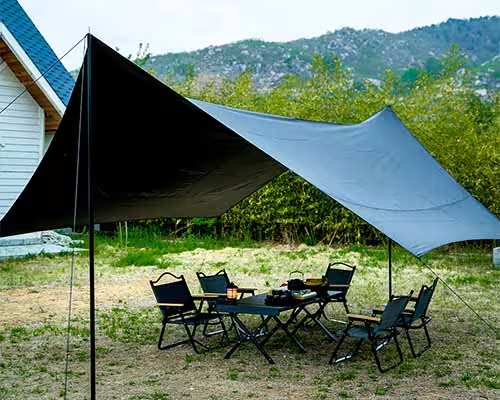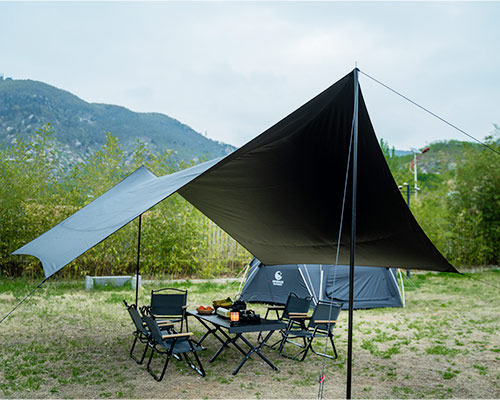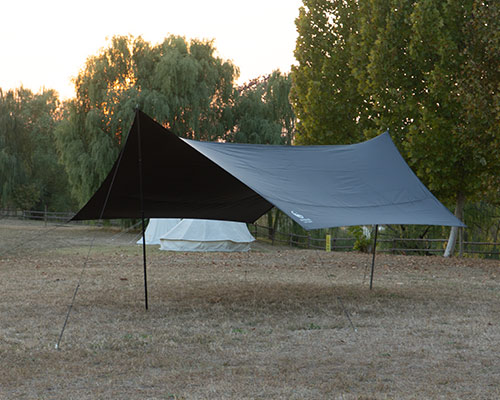Welcome to My Blog!
Before we dive into the content, I’d love for you to join me on my social media platforms where I share more insights, engage with the community, and post updates. Here’s how you can connect with me:
Facebook:https://www.facebook.com/profile.php?id=61569274896143
Now, let’s get started on our journey together. I hope you find the content here insightful, engaging, and valuable.
Table of Contents
Introduction

Whether you’re selling crafts at a weekend market, hosting an outdoor event or setting up a promotional stall at a festival, choosing a pop-up tent that meets your needs is not only a matter of your event’s success, but also a direct reflection of your style, durability and comfort. In this blog, we’ll delve into everything from material selection to pitching tips to help you confidently pick the perfect tent that looks professional, is durable and will make you stand out.
You’ll get a clear analysis of key considerations, handy comparison tables, practical expert advice, and answers to frequently asked questions – no vague theories, just insights of real value.
Understanding What Makes a Pop Up Vendor Tent Ideal
What Is a Pop Up Vendor Tent?
A pop up vendor tent is a compact, self-contained shelter featuring a collapsible frame and durable canopy. It sets up in under a minute with a simple push and pull motion. Vendors love it for markets, fairs, and outdoor events because it’s easy, swift, and portable.
Key features to look for:
- Instant frame: no hassle, set up fast even solo.
- Durable materials: strong enough to resist wind and sun.
- Customization: canopy colors, branding options, accessories.
Who Needs One?
- Market vendors and food sellers
- Trade show and promotional teams
- Outdoor event organizers and exhibitors
- DIY fair crafters and small business entrepreneurs
- Festival and community hosts
Key Factors for Choosing the Best Pop Up Vendor Tent
Frame Construction – Choosing Strength and Portability
Look for frames made from materials like:
- Aluminum alloy – lightweight but strong, naturally rust-resistant.
- Steel with powder coating – sturdy and budget-friendly, but heavier and needs better care.
- Remember: heavier frames are more durable, but hard to carry; light ones are easier to transport but can flex in strong winds.
Canopy Material – UV, Water, and Wear Resistance
Typical fabrics include:
- Polyester – affordable and water-resistant, often with PU or PVC coating.
- Oxford fabric – thicker and more durable, often used in pro-series tents.
- Vinyl/PVC – heavy-duty and waterproof, ideal for aggressive outdoor use.
All options usually come with UV resistance, but check manufacturer specs. Aim for fabrics rated at least 300D or coated 5000mm+ for water resistance.
Size & Space – Picking the Right Fit
Standard market pop‑up dimensions:
- 8 × 8 ft
- 10 × 10 ft (most popular)
- 10 × 15 ft or larger
Tips:
- Choose 10 × 10 ft for essential display area.
- Go bigger (10 × 15 ft) if you have equipment or team members.
- Look for peak height over 2.5 m (8.5 ft) for a spacious feel.
Accessories & Upgrades That Make a Difference
Sidewalls, Windows & Doors
These add walls to your tent for:
- Weather protection
- Privacy/security
- Branding surface
Consider mesh panels for ventilation or solid walls for privacy. Transparent options show off displays inside.
Anchoring & Stability – Stay Grounded
Are you setting up on:
- Grass/soil? Use steel stakes.
- Concrete/asphalt? Use sandbags or water weights.
Bungee-type feet and ratchet straps can add to stability in windy conditions.
Durability, Usability, and Feature Comparison of Pop Up Vendor Tents
| Criteria | Basic Pop Up Vendor Tent | Standard Pop Up Vendor Tent | Professional Pop Up Vendor Tent |
|---|---|---|---|
| Frame Material | Powder-coated steel | Aluminum Alloy | Heavy-duty Aluminum (Reinforced) |
| Weight | Heavy | Medium | Light-Medium |
| Setup Time | 10-15 minutes (2 people) | 5-10 minutes (1-2 people) | Under 5 minutes (1 person possible) |
| Canopy Fabric | 300D Polyester (basic PU) | 600D Oxford with PU/PVC coating | 600D Oxford or Vinyl (UV & waterproof treated) |
| Wind Resistance | Low (needs extra anchoring) | Medium | High (built-in stabilization features) |
| Waterproof Level | Water-resistant (light rain only) | Waterproof (moderate rain) | Fully waterproof (heavy rain capable) |
| Custom Branding Options | Limited (single color only) | Custom print on canopy | Full canopy, sidewalls, valance print possible |
| Portability | Carry bag (no wheels) | Carry bag with wheels | Wheeled transport case (heavy-duty) |
| Best For | Occasional markets, indoor use | Regular market use, fairs | Professional outdoor events, festivals, long-term exposure |
Setup & Portability: Speed Meets Convenience
Why Ease of Setup Matters
You’re at a tight market schedule—no time for fiddling with parts. A well-designed pop up vendor tent:
- Packs down compactly (often in wheels or duffel bag).
- Sets up in under a minute—with one person able to manage.
- Offers center-pull designs for smooth extension without effort.
What to Look For
- Smooth gliding joints (plastic or semi-concealed metal).
- Bungee-connected frame poles (faster to reassemble).
- Wheeled carry bag with stripper handle for easy hauling.
- Color-coded frame parts to simplify setup for new users.
Branding & Customization Options
Printed Canopies & Custom Graphics
Creating brand recall?
- Upload your logo/design and opt for dye-sublimation printing.
- Choose solid canopy color that matches your visual identity.
- Add sidewalls with graphics or full wrap-around print for pro-grade exposure.
Lighting, Flooring & Accessories
Want evening markets?
- Clip-in LED bars or string lights for a welcome glow.
- Add roll-up sidewalls for booth friendliness.
- Foam mats or interlocking flooring improves comfort at trade events.
Cost-Benefit Considerations


When to Invest More
Consider spending more if:
- You attend outdoor events regularly—tough weather calls for strong materials.
- Your brand shows itself at festivals—customized high-profile booth matters.
- You need larger tents for bigger gear or staff.
When Budget Models Make Sense
Basic vendor tents work if:
- You’re at indoor markets or occasional weekends.
- You only need a simple and lightweight structure.
Focus on features you’ll actually use—don’t overpay for extras that waste funds.
Conclusion
So, to recap:
- Choose a durable, easy-to-use frame—aluminum or powder coated steel.
- Pick canopy fabric based on weather exposure—polyester for casual use, vinyl for rugged.
- Invest in branding elements that reflect your business personality.
- Always plan for stability; accessories are serious safety tools.
Ultimately, a great pop up vendor tent is more than shelter—it’s a mobile booth, a brand canvas, a trusted workspace. Choose one that matches your vision, frequency, and environment.
FAQ
Do I need permits to use a tent at a market?
That varies: most markets require tents under 10 × 10 ft to be fire‑retardant certified. Check your local event rules.
How do I clean tent fabric?
Use mild soap, lukewarm water, soft brush; rinse well and air-dry before packing to prevent mildew and fabric damage.
Can I connect multiple tents together?
Yes—many tents support sidewall zippers or velcro to form larger sheltered areas. Check brand compatibility and equal peak height.
What wind rating do they typically handle?
Basic models work in ≤ 20 mph breezes. With proper anchoring, heavy-duty frames and vinyl can handle up to 35 mph. No tent is hurricane‑proof—always take them down in extreme weather.
